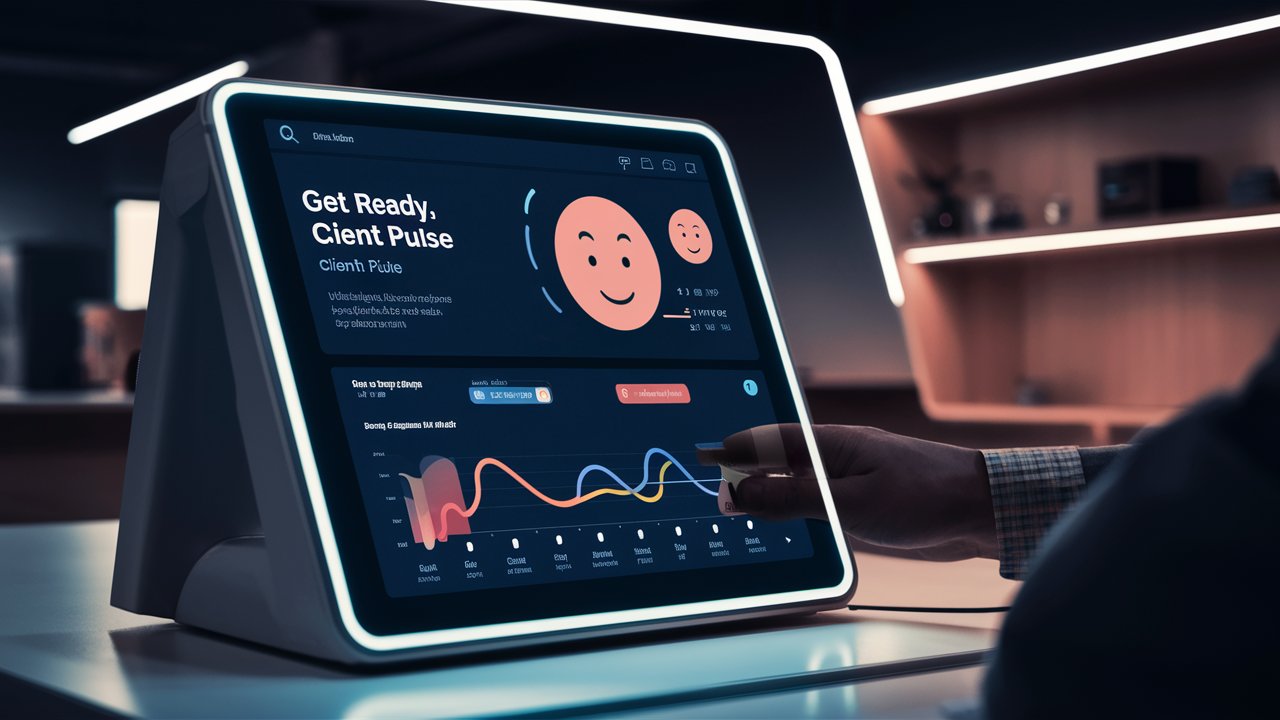Get_Ready_bell:client_pulse In the fast-paced world of modern business, staying ahead of client expectations is critical. Businesses today need efficient tools and strategies to monitor their clients’ needs, behavior, and overall satisfaction. This is where the concept of “get_ready_bell:client_pulse” comes into play. It represents a strategic approach to staying synchronized with client trends and anticipating their requirements. Companies that adopt such a philosophy are well-positioned to respond dynamically to changing customer demands, ensuring a strong and enduring relationship with their clients.
The concept itself combines two key aspects: readiness and pulse monitoring. Readiness signifies preparedness—the ability to act swiftly when an opportunity arises or when a challenge emerges. The pulse, on the other hand, signifies understanding the current state of clients, their preferences, and overall satisfaction levels. Together, these form a foundation that ensures businesses remain proactive, rather than reactive, when it comes to client management.
In a world where clients expect swift, effective, and personalized responses, companies must adopt systems that constantly monitor and analyze client behavior. This type of system does not rely on guesswork but uses real-time insights and feedback to assess the situation. Businesses that can track the pulse of their clients can anticipate needs, personalize interactions, and deliver solutions at the right time.
The Role of Preparedness in Modern Client Management

Readiness in a business environment is more than just being equipped with tools or having processes in place. It is a mindset that values flexibility, agility, and forward-thinking. Organizations must prepare for various outcomes by actively listening to their clients, understanding their industry, and keeping track of external market forces. Preparedness means having the right resources, teams, and processes to act when an opportunity or a challenge presents itself.
When businesses remain prepared, they are better positioned to adapt to evolving client needs. The ability to anticipate shifts in client preferences stems from regular pulse-checks—monitoring how clients feel about a service, their expectations, or their responses to market changes. Combining these two elements helps organizations eliminate uncertainty and enables them to make decisions based on solid data and foresight.
Organizations that employ the “get_ready_bell:client_pulse” philosophy also foster a culture of responsiveness. This approach ensures that every department—from sales to customer support—works in harmony, guided by the insights gathered from tracking client sentiment. By staying attuned to clients’ evolving needs, businesses ensure that they provide consistent value. When readiness meets accurate pulse monitoring, organizations can maintain a high level of customer satisfaction, fostering loyalty and trust in the long run.
The Power of Monitoring Client Behavior and Sentiment
Monitoring client sentiment and behavior plays a central role in building stronger relationships. Understanding how a client feels about your product, service, or overall experience can unlock powerful insights. It is no longer enough to measure client satisfaction once in a while; businesses must keep a constant pulse on their clients’ expectations. Regularly assessing this pulse helps identify issues early, giving businesses the chance to resolve concerns before they escalate.
The process of monitoring client behavior involves collecting data points from various interactions, whether through emails, calls, surveys, or direct conversations. The purpose of tracking the pulse is not to bombard clients with questions but to understand their experience intuitively. Insights can emerge from identifying patterns, understanding preferences, and highlighting opportunities for improvement.
Organizations that successfully implement client pulse monitoring can offer tailored solutions and services that resonate with their audience. By aligning their strategies with the actual needs of clients, they can enhance the value they provide. The result is not only a satisfied client but also a loyal client who sees the company as a partner in their success.
The importance of this practice lies in the ability to bridge gaps between expectation and delivery. Clients today have more options than ever, and they demand high levels of engagement and personalization. The businesses that excel at monitoring client sentiment—and acting on that data—will always maintain a competitive edge.
Building Stronger Relationships Through Proactive Engagement
A significant benefit of staying attuned to the client pulse is the ability to engage proactively. Proactive engagement means reaching out to clients before they even have a chance to voice their needs or concerns. It creates a sense of trust and reliability that strengthens the relationship between the business and the client.
To achieve proactive engagement, businesses need to combine data-driven insights with human connection. While tools can provide data on behavior or sentiment, it is the human element—understanding, empathy, and communication—that makes the biggest impact. Businesses that go beyond metrics to connect with their clients personally can establish stronger and longer-lasting relationships.
Furthermore, proactive engagement shows clients that they are valued. It transforms the relationship from transactional to relational, fostering loyalty and trust. When businesses make the effort to monitor their clients’ pulse and act swiftly, they signal that the clients’ needs are a top priority. This kind of engagement builds a foundation for future success, as happy clients are more likely to remain loyal and advocate for the business.
Why the “get_ready_bell:client_pulse” Approach Matters
In today’s competitive market, businesses cannot afford to be complacent. Clients expect not only quality products and services but also personalized, proactive attention. The “get_ready_bell:client_pulse” approach ensures that businesses stay ahead of the curve by anticipating client needs, monitoring their pulse, and delivering solutions effectively.
This approach does more than just improve customer satisfaction. It also enhances operational efficiency by aligning internal processes with external client demands. When businesses keep a constant watch on client sentiment and maintain readiness, they streamline communication, reduce response times, and eliminate unnecessary delays. Teams can act with confidence, knowing they have the insights and tools necessary to deliver value.
The “get_ready_bell:client_pulse” philosophy also fosters a culture of innovation. By staying close to their clients, businesses can identify new opportunities for growth, whether by introducing new products, improving existing services, or exploring new markets. Monitoring the pulse of the client gives organizations the ability to pivot quickly and confidently, seizing opportunities as they arise.
Conclusion
The “get_ready_bell:client_pulse” approach is a powerful framework that businesses can adopt to stay attuned to their clients’ needs and maintain a competitive advantage. By combining preparedness with the continuous monitoring of client sentiment, businesses can anticipate challenges, respond swiftly, and foster stronger relationships. The result is a more engaged and loyal client base, as well as a company that is resilient, agile, and ready to thrive in an ever-changing market.
At its core, this philosophy is about aligning business strategies with client expectations. It is about listening, understanding, and acting in a way that adds value. Companies that embrace this approach will not only meet client demands but also set themselves apart as leaders in their industry.




